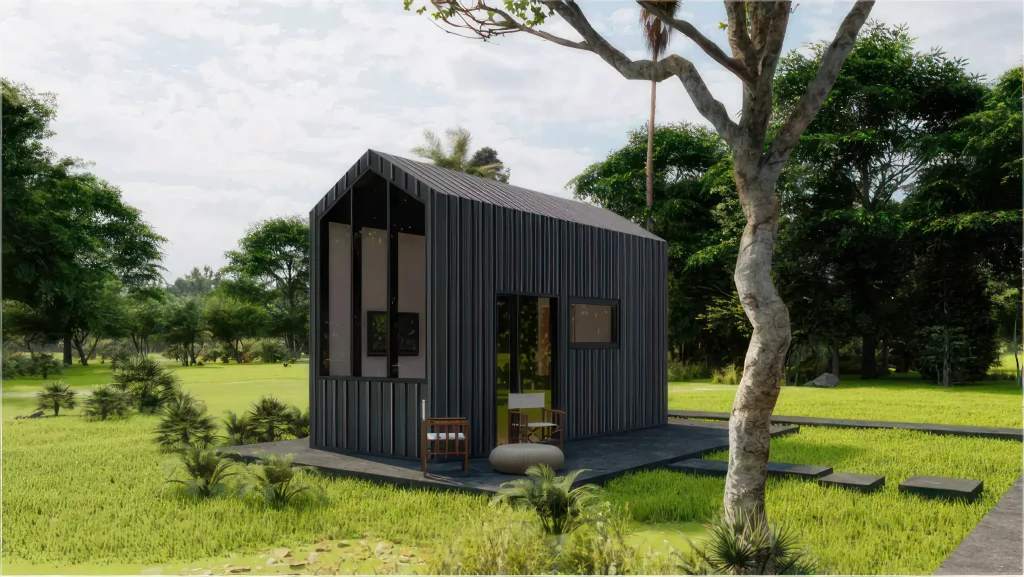The construction industry is in a constant state of evolution, always seeking solutions to make construction processes more efficient and economically accessible. One of the technologies that has changed the game in this industry is prefabricated construction. This article will explore the key benefits of prefabricated construction and how it can save time and money on construction projects.

What is Prefabricated Construction?
Prefabricated construction is an innovative process in which various elements of a structure or even the entire structure are manufactured in controlled conditions in a specialized production unit and then transported and assembled on the construction site. This method significantly distinguishes itself from traditional on-site construction, where most of the work is done directly at the construction site without prefabricating components.
Key Benefits of Prefabricated Construction
Prefabricated construction brings with it several significant advantages compared to traditional on-site construction. Below, we present some of the most notable ones:
- Time Savings: One of the most significant advantages of prefabricated construction is time savings. Construction projects can be completed much faster because many of the structural components are manufactured in advance in a controlled environment. This significantly reduces the time required on the construction site and accelerates project completion.
- Cost Savings: While prefabricated construction may involve higher initial costs for manufacturing elements in a factory, these costs are often offset by savings in the short and long term. Less time spent on the construction site means reduced labor costs, equipment rentals, and site management expenses.
- Reduced Environmental Impact: Prefabricated construction has a smaller environmental footprint. Because much of the work is done in a factory, it reduces the amount of construction activity carried out on the site. This minimizes the environmental impact by reducing pollution and construction waste.

Types of Prefabricated Construction
There are several types of prefabricated construction, each with its own advantages and specific characteristics:
- Modular Construction: Modular construction involves prefabricating entire rooms or even the entire building in a factory. This is often used for residential or office buildings and can lead to project completion 50% faster than traditional construction. Moreover, up to 80% of construction activity is eliminated from the construction site, minimizing the environmental impact and construction waste.
- Panelized Construction: Panelized construction involves prefabricating wall, floor, and roof panels in a factory. These panels are cost-effective and easy to assemble on the construction site. This type of construction is an excellent solution when site conditions limit space or construction regulations prohibit modular construction. Additionally, panelized construction is more economical compared to other forms of prefabricated construction because it requires less space and equipment to set up a factory.
- Prefabricated Housing: Prefabricated housing, also known as manufactured homes, is an excellent solution for the rapid and efficient construction of homes. These homes are easy to transport and assemble on-site, resulting in significant savings in labor, materials, and site preparation costs. Furthermore, these homes are highly attractive in terms of construction and are a popular choice for affordable housing.
Prefabricated construction proves to be a significant revolution in the construction industry, bringing numerous benefits with a positive impact. This construction method not only saves time and financial resources but also contributes to the protection of the environment. Whether you opt for modular construction, panelized construction, or prefabricated housing, these technologies represent an efficient and intelligent way to develop construction projects, bringing benefits to both developers and the surrounding environment.









